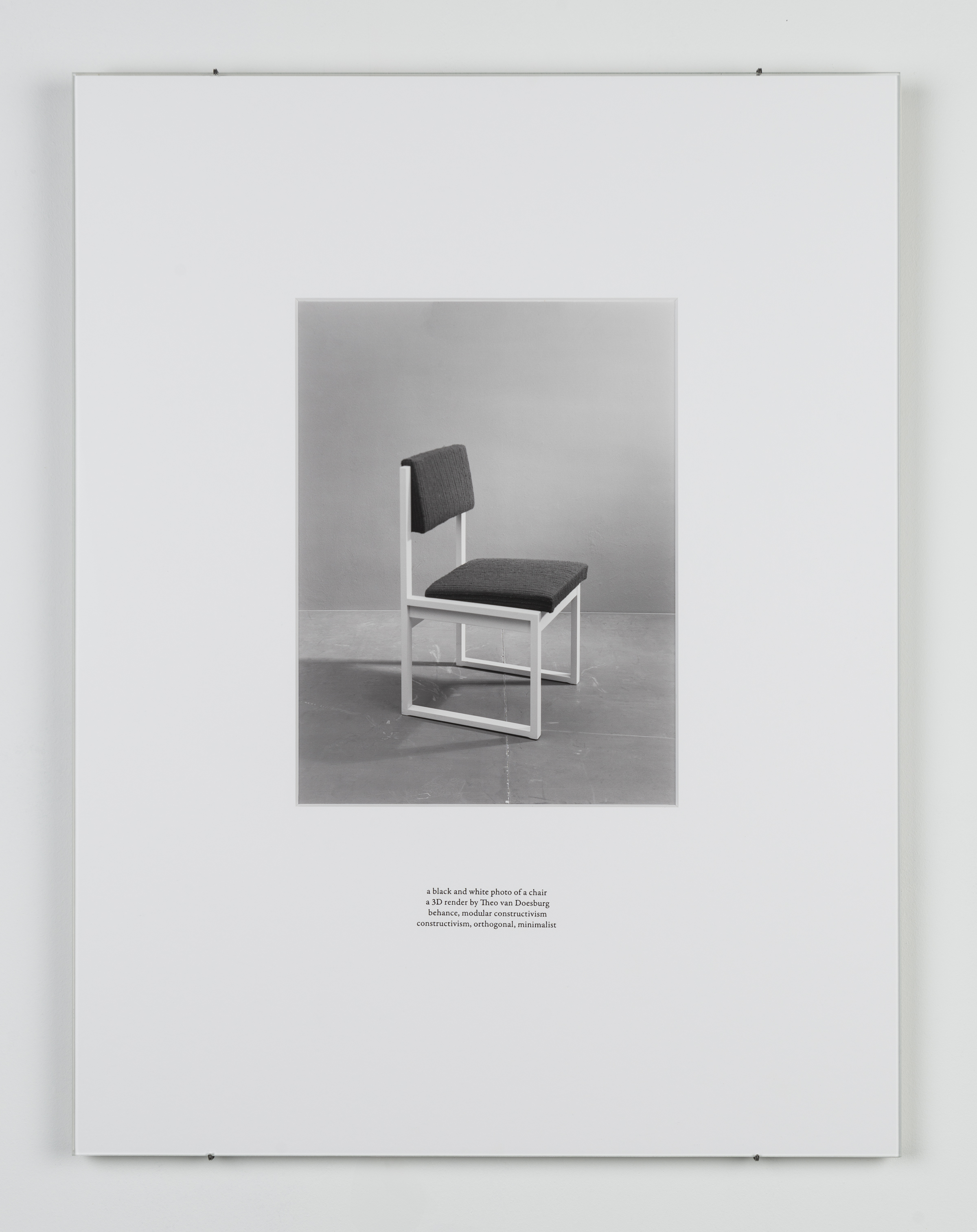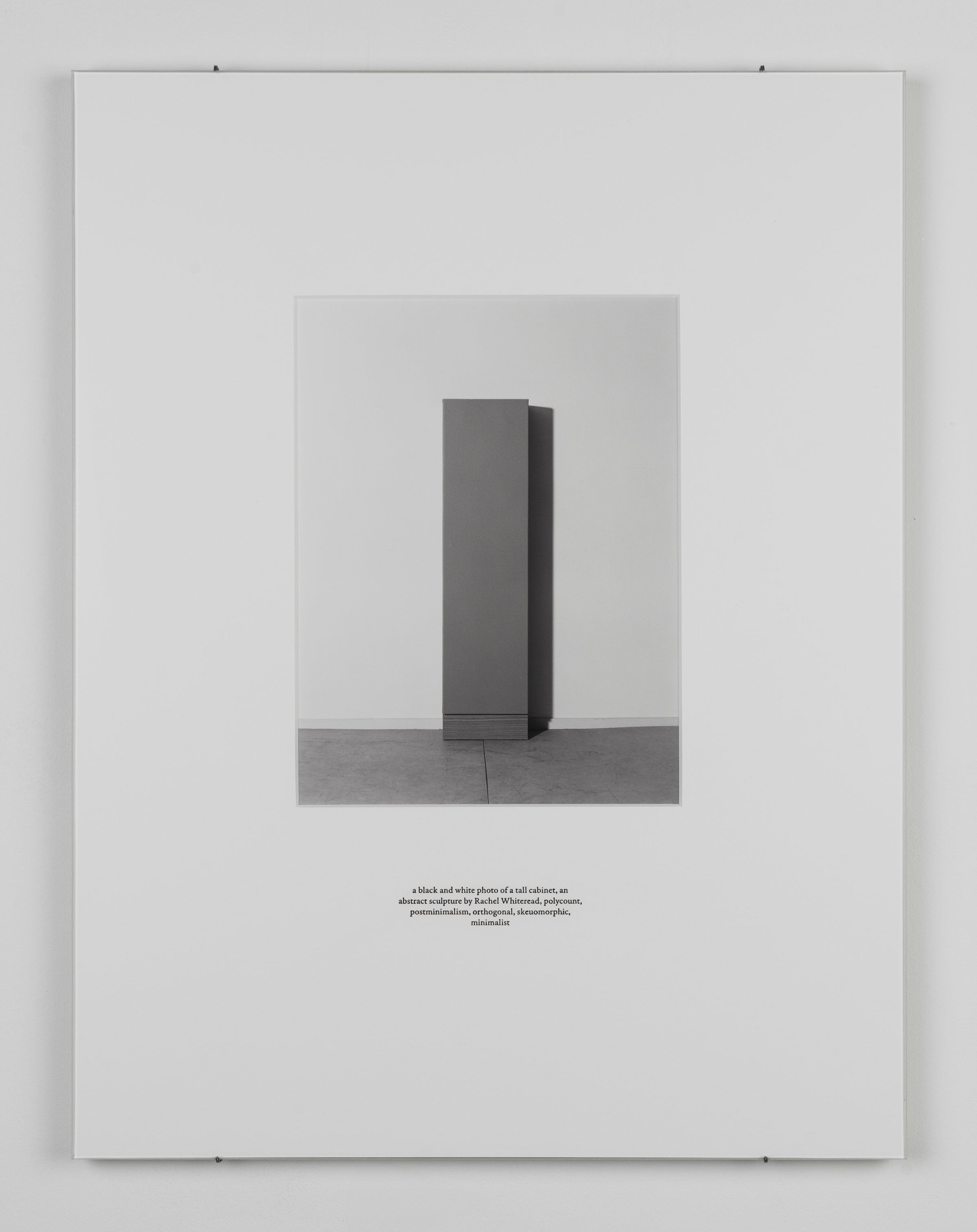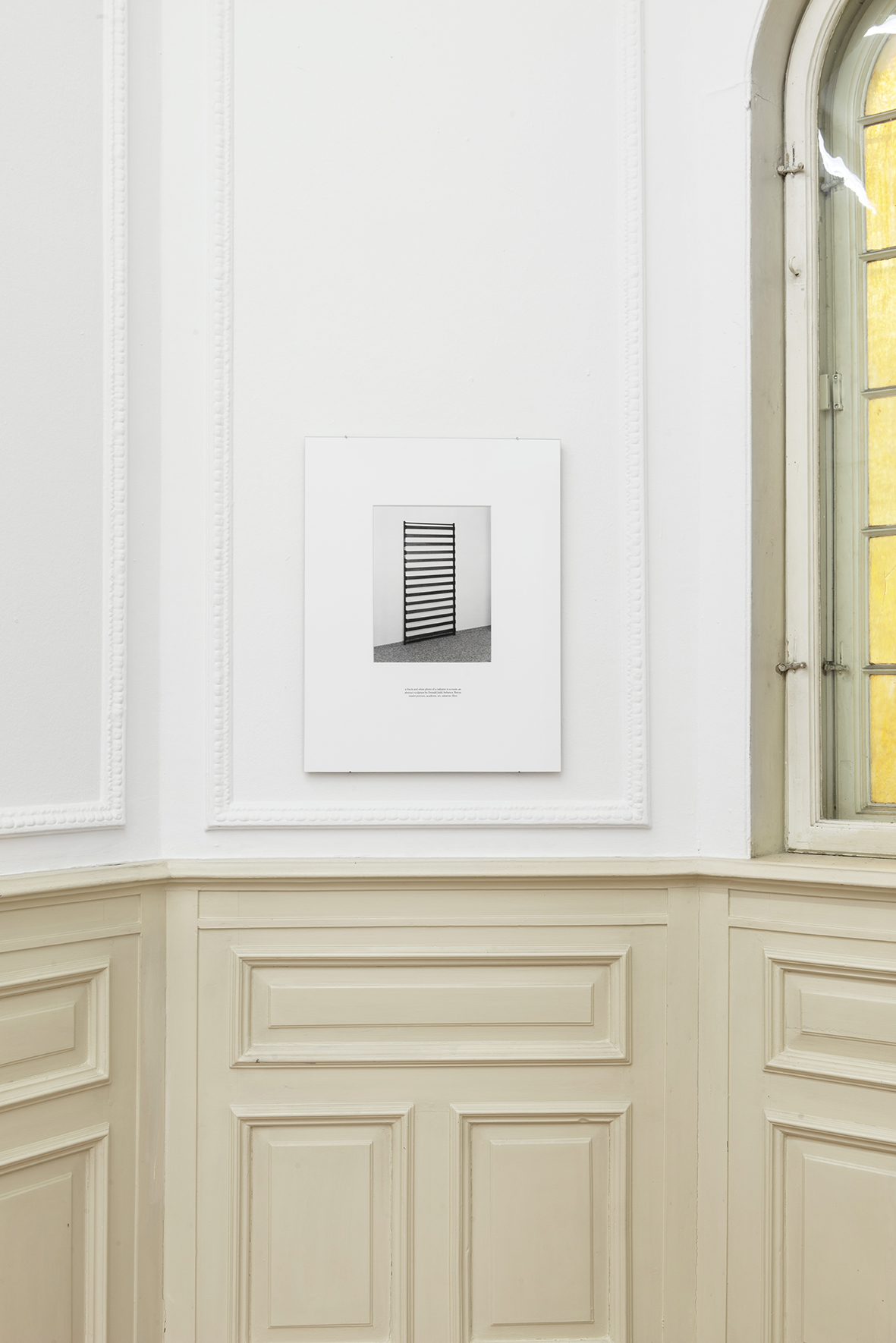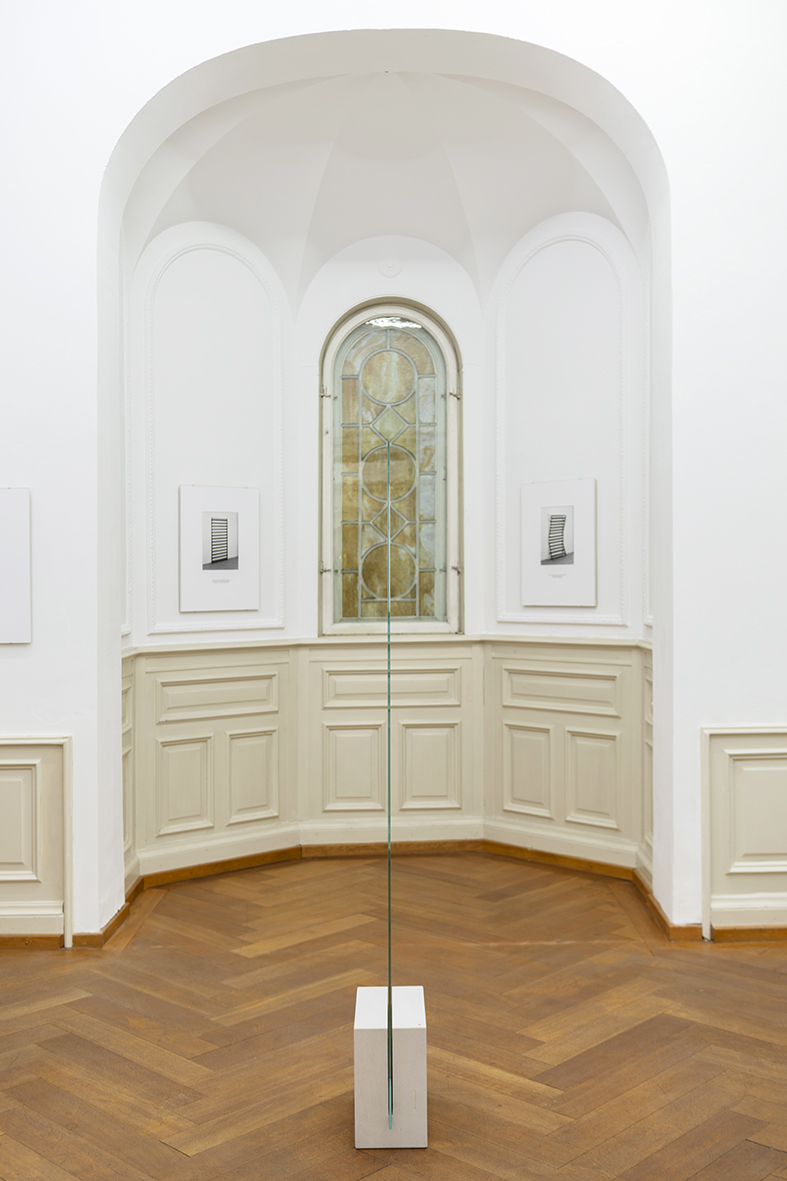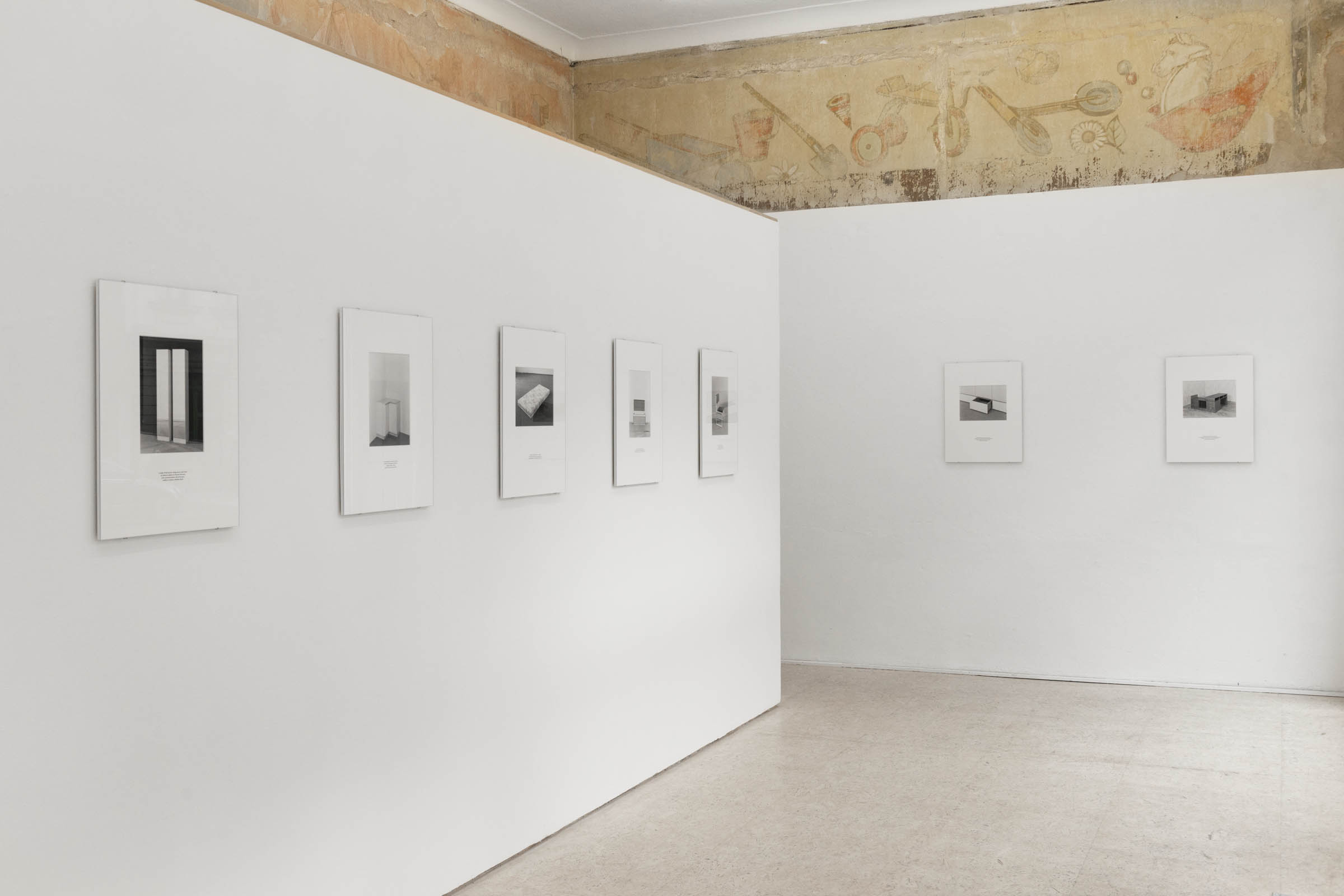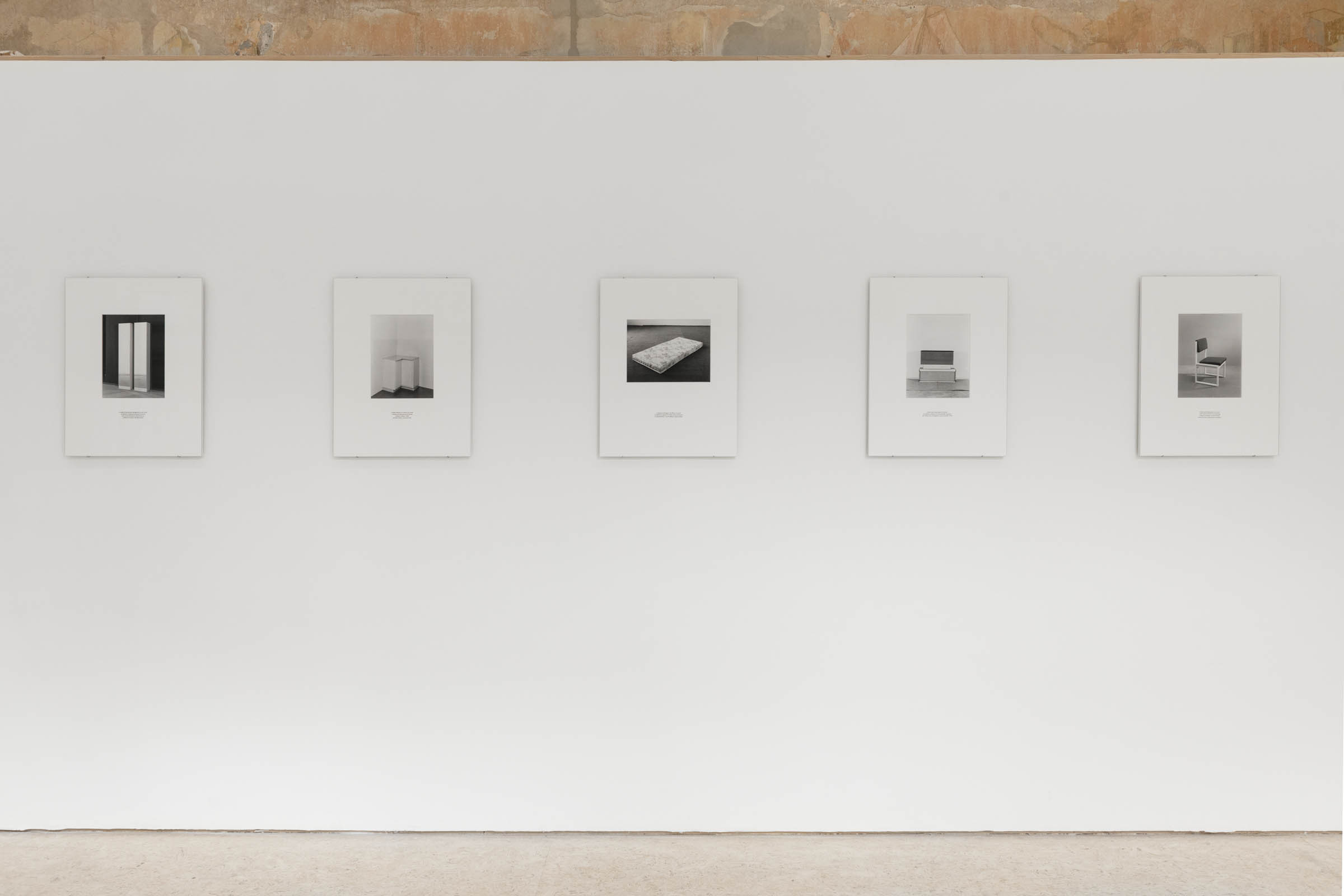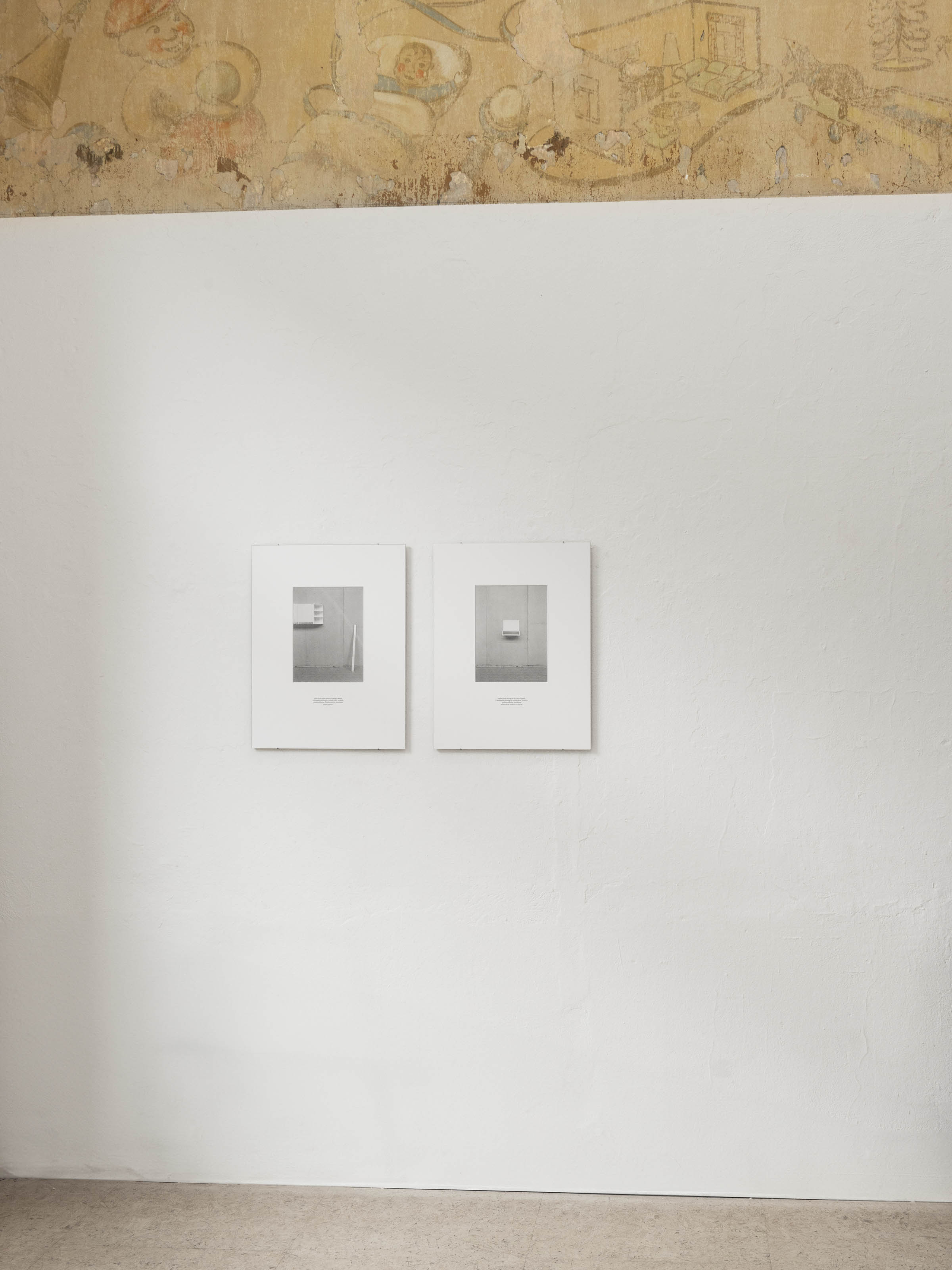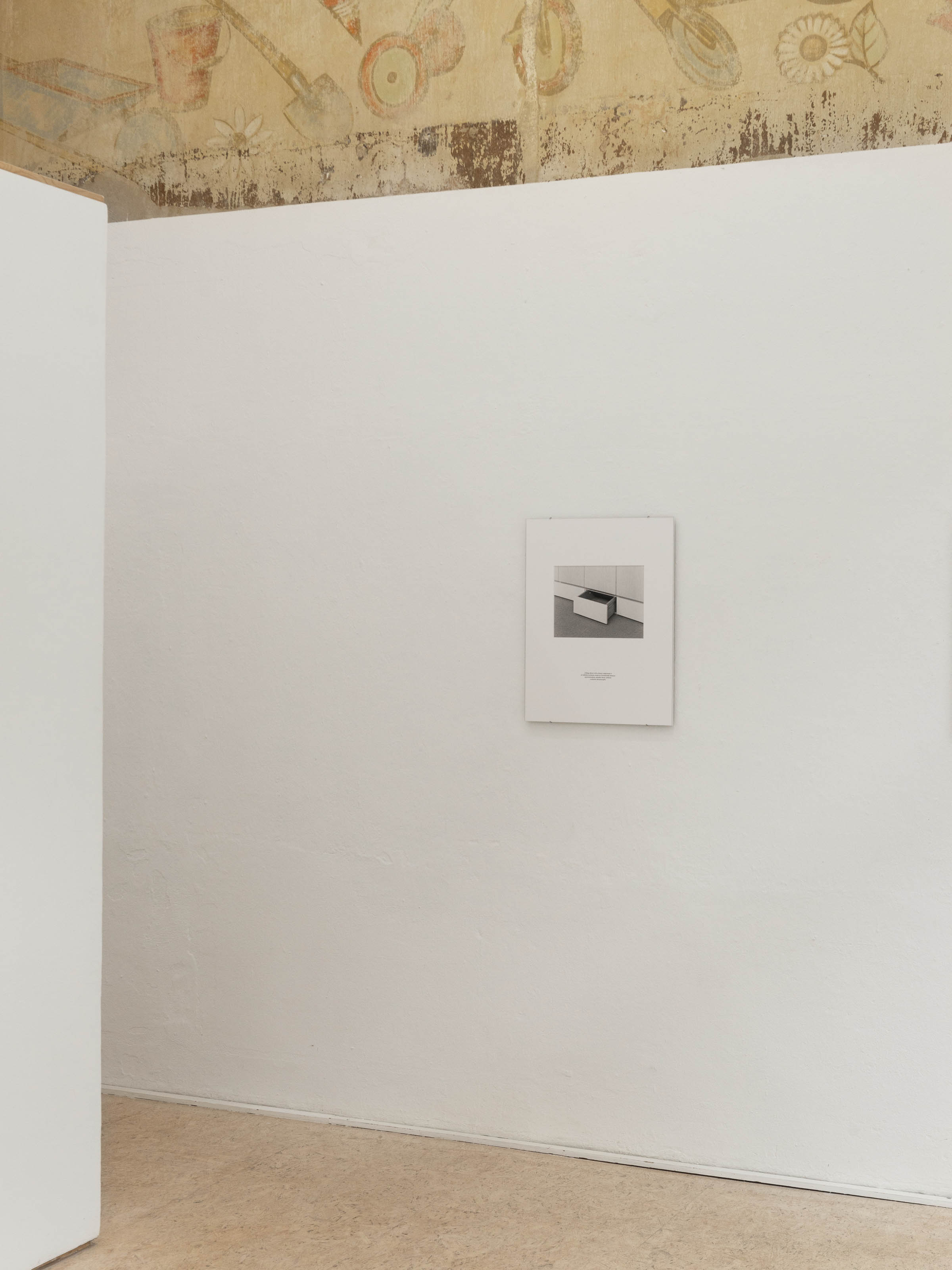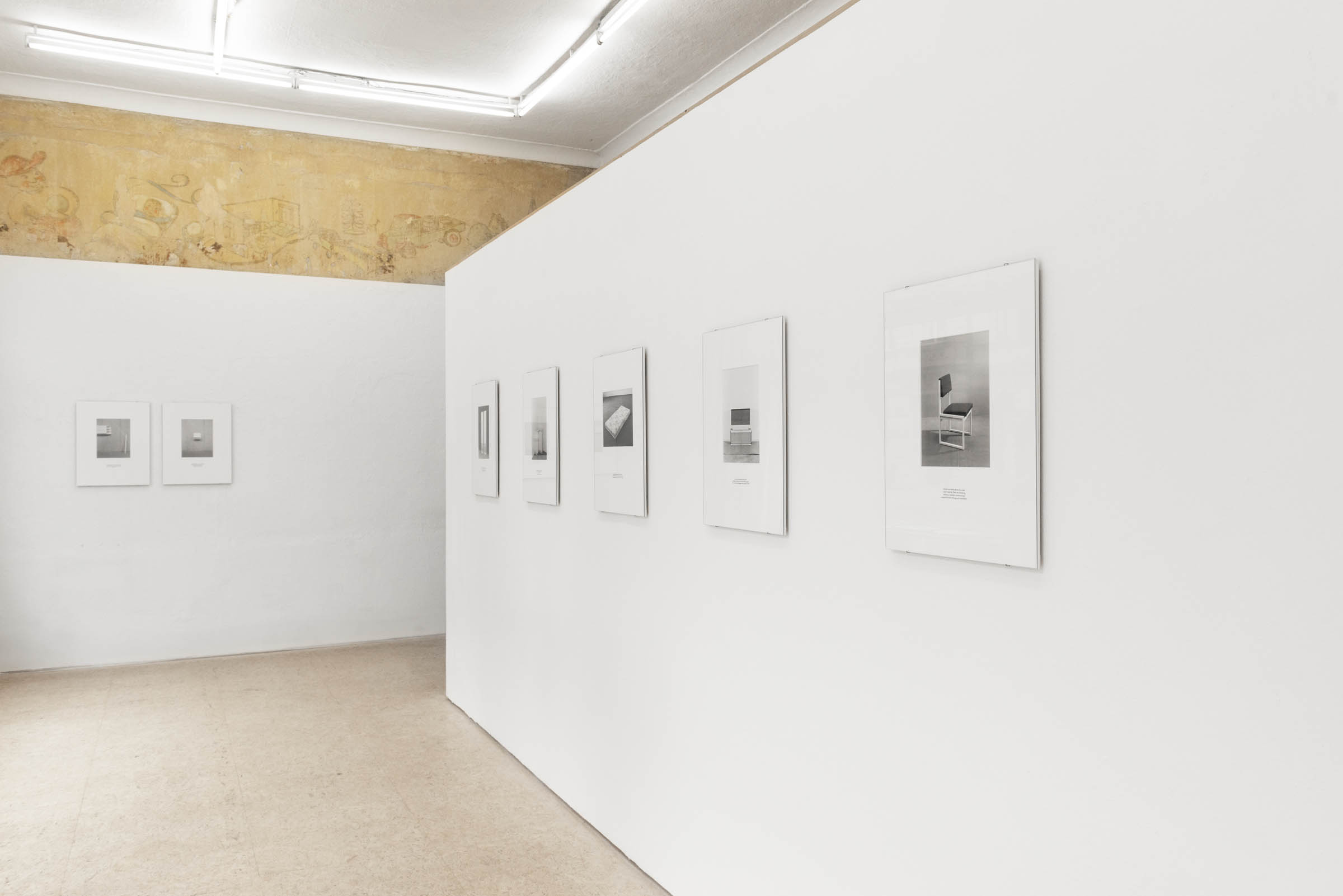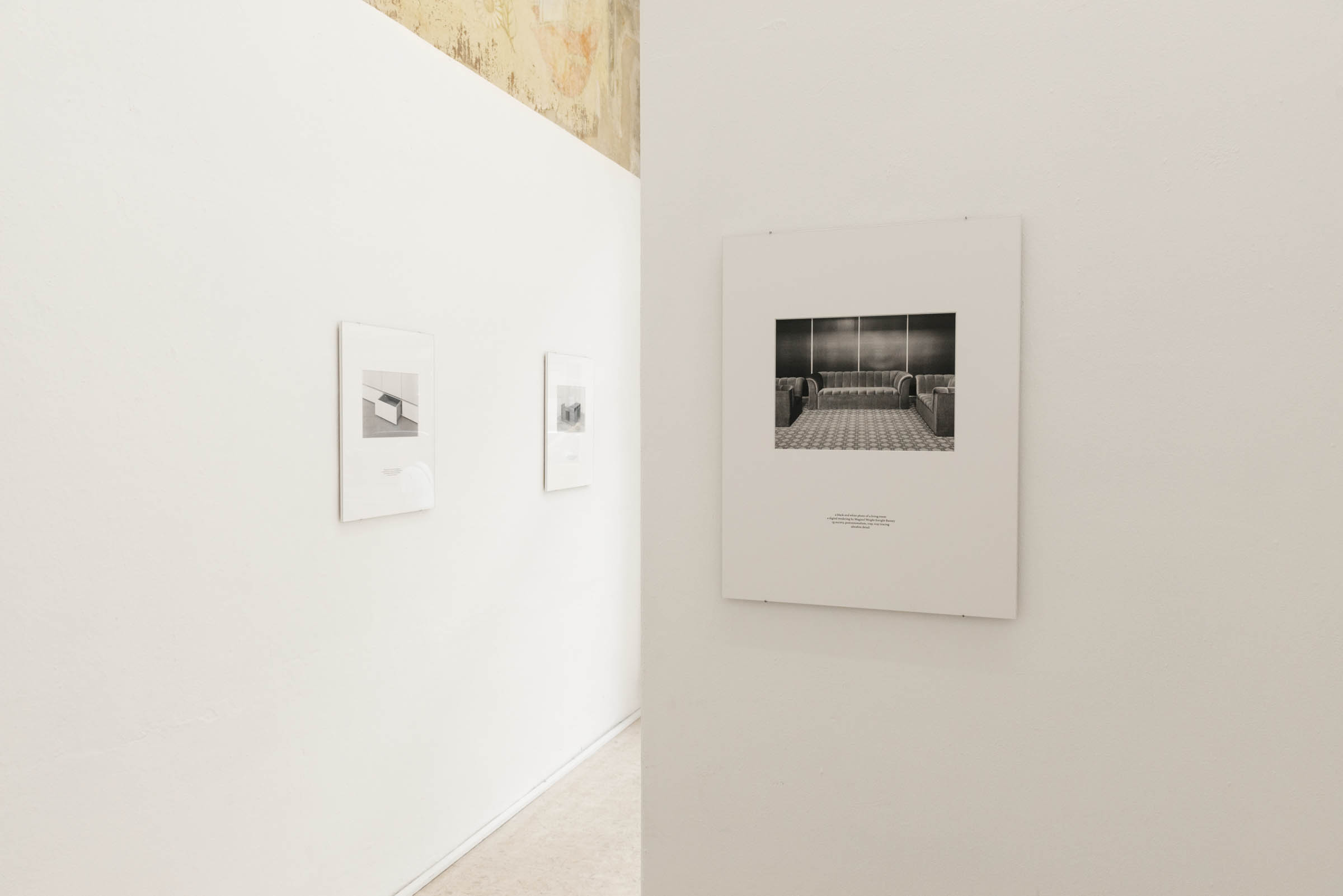The body of
the archive.
On CORPUS (2023) by Bastian Gehbauer
Image
archives are collections of photographs, most of which are acquired on purpose,
but sometimes they also end up in the archive by chance. Countless authors, the
most diverse production contexts and intentions of image creation come together
here. Archival cataloguing and indexing systems form something coherent from
the disparate material, transforming what is inherently inhomogeneous into a
collection, a corpus (Latin corpus = collection, body): the body of the
archive.
Bastian
Gehbauer called his work CORPUS (2023), which he realised as part of the
Deutsche Fotothek Fellowship, announced on the occasion of the 100th
anniversary of the institution in 2024. The idea behind the Fellowship was to
view the archive differently, to stimulate an artistic production for the
collection, which, incorporated into it, would in turn have an effect on future
work with the collection.
Bastian
Gehbauer's choice fell on a collection whose images, in their clearly
documentary function - behind which a superficial authorship recedes - are open
to being re-read: Furniture photographs by Friedrich Weimer (1913-2008), who
specialised in this branch of object photography, beginning in the 1950s with
commissions for the Leipzig Trade Fair and various furniture manufacturers,
then from 1972 to 1990 as the official photographer of the industrial sector
Vereinigte Möbelindustrie (VMI), with a particular focus on the Deutsche
Werkstätten Hellerau. Weimer's photographs were not only published in cassettes
presenting the products of the ‘Socialist Furniture Industry of the German
Democratic Republic’ for the Leipzig spring and autumn trade fairs, but were
also frequently published in magazines such as form+zweck, Deutsche Architektur
and Kultur im Heim.
Weimer's
estate in the Deutsche Fotothek comprises around 16,500 black-and-white and
colour negatives in 18 × 24 cm format, 17 of which Bastian Gehbauer has
extracted after intensive viewing and compiled into CORPUS (2023).
The
selection shows furniture photographed coolly and distantly in black and white,
mostly as isolated individual pieces against a neutral background and without
any narrative component: a mirror cabinet, a slatted frame, a chair, a sofa.
Exhibition shoots: Bautzner 69, Wohnen in niemandes Möbel, Dresden, 2024.
Corpus (2023), 01-12, 60 x 46 cm, hand-printed lettering on passepartout, pigment print
Other of Weimer's photographs are certainly precursors of today's diorama-like
images produced for websites and catalogues, in which models in cosy or stylish
living landscapes demonstrate the ideal life that the purchase of the corresponding pieces promises. However, the motifs selected for ‘Corpus’ are
far removed from any consumerist offer. They are not only characterised by a
certain brittleness, but also by something enigmatic. Functions sometimes
remain unclear, a cheap plastic floor covering undulates, thin boards have been
quickly nailed together to form a base for a console, a patterned mattress lies
on the floor as if left behind after a hasty move-out. There is something
unhomely about these settings.
Weimer's
estate in the Deutsche Fotothek comprises around 16,500 black-and-white and
colour negatives in 18 × 24 cm format, 17 of which Bastian Gehbauer has
extracted after intensive viewing and compiled into CORPUS (2023).
The
selection shows furniture photographed coolly and distantly in black and white,
mostly as isolated individual pieces against a neutral background and without
any narrative component: a mirror cabinet, a slatted frame, a chair, a sofa.
Other of Weimer's photographs are certainly precursors of today's diorama-like
images produced for websites and catalogues, in which models in cosy or stylish
living landscapes demonstrate the ideal life that the purchase of the corresponding pieces promises. However, the motifs selected for ‘Corpus’ are
far removed from any consumerist offer. They are not only characterised by a
certain brittleness, but also by something enigmatic. Functions sometimes
remain unclear, a cheap plastic floor covering undulates, thin boards have been
quickly nailed together to form a base for a console, a patterned mattress lies
on the floor as if left behind after a hasty move-out. There is something
unhomely about these settings.
In them, the gaze is directed away from the function of what
is depicted towards its form and the object is stripped of its objectivity.
What remains are geometric bodies, sometimes simple cubes or cuboids, sometimes
more complex formations consisting of several elements: Furniture as sculpture?
After editing the images, Bastian Gehbauer has passed on the question of what
can actually be seen to an artificial intelligence. Instructed to interpret the
motifs, the system offers contexts of meaning that completely suppress the
practical context of use of the objects in favour of their formal-aesthetic
content. Various references from the history of art and photography are invoked:
The motif of a kitchen corner cupboard is actually read as a photograph,
created by Brassaï. In other cases, the pictorial representation is not
recognised, the objects shown are interpreted as sculptures, often from the
Minimal Art environment; the name Donald Judd is mentioned frequently. Perhaps
the most exciting is the classification of the mattress as a work by Sarah
Lucas: the slightly trashy-looking arrangement is translated into the art of
the Young British Artists of the 1990s, characterised by the dissolution of
media boundaries through the use of (used) everyday objects.
With this
trial application of AI for image indexing - which is still producing some
absurd results - Bastian Gehbauer is anticipating what will probably become
standard in some time as the technology develops. CORPUS 2023 itself, however,
is a highly individually researched view of the image archive. The form, in
turn, pays homage to Friedrich Weimar's linen-covered cassettes produced for
the Leipzig Trade Fair: In future, the 17 pigment prints will be stored in a
similar case in the collection of the Deutsche Fotothek - CORPUS (2023) will
become part of the archive body.
Dr. Agnes Matthias, Deutsche Fotothek




